Arts & Entertainment
Ahead of their time
New book explores how 20th century writers put gay issues on America’s radar
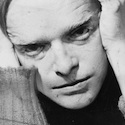
Gay writer Christopher Bram knew in researching his new book, which involved excavating ancient reviews of the work of prominent queer authors of the mid-20th century and beyond, he’d find ugly instances where homophobia colored the various assessments — he just didn’t realize how unrelenting and vitriolic it would be.
“I just wasn’t prepared for how mean and ugly and vicious the reviews could be of anything gay from the ‘50s well into the ‘80s,” Bram says during a phone chat from San Francisco. “The amount of anti-gay feeling among literary straight people just floored me. Even from people who were more on our side, the amount of condescension and this sneering, snickering tone, it got quite tiring and I only ended up quoting about half of what I found.”
The book, out this month, is “Eminent Outlaws: the Gay Writers Who Changed America” (Twelve Books, $27.99). Bram’s premise is that the work of mid-century gay writers such as Truman Capote, Gore Vidal, James Baldwin, Allen Ginsberg, Tennessee Williams and others, on through to later novelists and playwrights such as Christopher Isherwood, Edward Albee, Edmund White, Armistead Maupin, Mart Crowley and Tony Kushner, was a literary revolution that laid the post-World War II groundwork for the modern gay rights movement. Bram, author of “The Father of Frankenstein” (adapted for the screen as the Oscar-winning film “Gods and Monsters”) and eight other novels, says the writers he includes in the book “introduced America to gay experience and sensibility and changed our literary culture.”
It’s a weighty thesis that unleashes an ocean of questions, some covered in the book, others pitched at Bram during this week’s Blade interview. And with Oscar season upon us (they’ll be handed out in Los Angeles Sunday evening), it’s an especially timely moment to consider the seemingly disproportionate contributions of gay writers to the arts. Nearly all the writers he covers have had work adapted to the big screen so their cultural reach is far-ranging and every bit as considerable as their straight counterparts.
Bram was a fan of these writers for decades. About three years ago he was approached by another writer, Sam Wasson, who was researching a book about the film “Breakfast at Tiffany’s” (based on a Capote novel), and contacted Bram for literary context. After riffing on the state of gay life and gay writing in the ‘50s and thereafter in the U.S., it occurred to Bram that while nearly all of the writers he focuses on had been written about, there was no single book that explored how their lives and work — many of them knew each other — overlapped and fit into the cultural norms of the day while also influencing those norms often in shocking ways.
While much of the historical material in the book has been presented elsewhere — Bram says only a few points required fresh interviews — the overall story, he says, is not widely known but should be.
“There were all these little bits and pieces like this scattered jigsaw puzzle, but I really wanted to pull them all together to form one big picture,” he says. “What I did was connect the dots. Nobody had ever told this as a single narrative. There were some simple connections I was able to make, even something as simple and obvious as the fact that ‘Other Voices, Other Rooms’ (a gay-themed Capote book), ‘The City and the Pillar’ (from rival Gore Vidal) and the Kinsey Report all came out within a few weeks of each other in 1948, which is surprisingly early and yet it became really this powerhouse year where these gay books were suddenly getting all this attention.”
Bram says it was a uniquely American phenomenon the catalyst of which was the way World War II had “suddenly brought all these people together in the Army, the Navy — they were exposed to this other type of sexuality, to bad language and profanity they’d never heard before and it didn’t take long for this to be reflected in the publishing industry.”
The book is setting gay tongues wagging and even those who’ve yet to read it, say Bram’s premise is intriguing.
Nicholas Benton, a local gay writer and founder/publisher of the Falls-Church News Press who’s written at length about the unique contributions of gays in culture and society, says that although he takes issue with some of Bram’s contextualization and assessments of some of his subject’s supposed lesser works — Benton’s about halfway through “Outlaws” — he calls it “a very important book with a lot of important information in it.”
So did these writers’ homosexuality and perhaps the outsider status it brought it with it make their work greater than it otherwise might have been?
“One of the features of being a gay person is you can’t help but have an alternate perspective on life,” Benton says. “A straight man walks in the room, sees the hot secretary and that’s all he can think about. A gay man comes in and notices the drapes clash with the rug. I mean obviously that’s an oversimplification, but gay sensibility has something to do with seeing the plight of people who are often invisible to the mind of a straight person … we bring an alternate perspective.”
Bram has a slightly different take. He says, “One would like to think (being gay) would create more empathy but maybe what we can say about homosexuality is much like what we say about religion — it makes the good people better and the bad people worse … for gays, that could mean being overly bitchy, negative or hypercritical of others or full of self pity that doesn’t turn to empathy, it could affect them in many different ways.”
Others say these writers helped America shed some of its Puritanical squeamishness toward sex and “grow up.” Ginsberg’s poem “Howl,” especially, is shockingly bold for its time. It’s amazing it got published in 1955.
“In the case of Williams, he was inestimable in helping to hammer the nails in movie censorship in post-war America,” says Drew Casper, a film expert and professor of critical studies at the School of Cinematic Arts at the University of Southern California. “Whether his adaptations came through strong or diluted, no mistaking his championing the importance of sex in the lives of his characters, often as a way for them to touch God. Sexuality is an important concern in gay life and relationships, so when gay writers take pen in hand, sexuality is a concern.”
Gay author William J. Mann, who has a bounty of novels and non-fiction Hollywood-themed books to his credit, says he’s “a huge fan” of Bram and “can’t wait” to read “Outlaws.” Mann calls the topic “fascinating” and “great.”
“The role of the arts is always to push what’s expected or what’s understood and certainly when you read the works of James Baldwin for example … you have this real sense of ground being broken and getting people to really understand the wider experience of humanity in a way that the world is much more than just your own little sphere of existence,” Mann says.
Bram says the writers he covers deserve enormous credit — whether it’s Vidal’s cheeky handling of transsexuality in “Myra Breckenridge” or Kushner’s sophisticated handling of the AIDS crisis in “Angels in America” — for getting gay topics on the cultural radar.
“They got the stories out there,” he says. “Homosexuality became a subject that straight and gay people could finally talk about and once people were talking about it, other people started talking about it too. It’s an example of where art did a better job than activism. ‘Boys in the Band’ was made into a movie in 1970 and it played in every major city in the country with prominent actors just a year after the Stonewall riots. In my group of friends at the time, none of us had heard of the Stonewall riots, but we’d all heard of ‘Boys in the Band.’”
Books
‘Dogs of Venice’ looks at love lost and rediscovered
A solo holiday trip to Italy takes unexpected turn
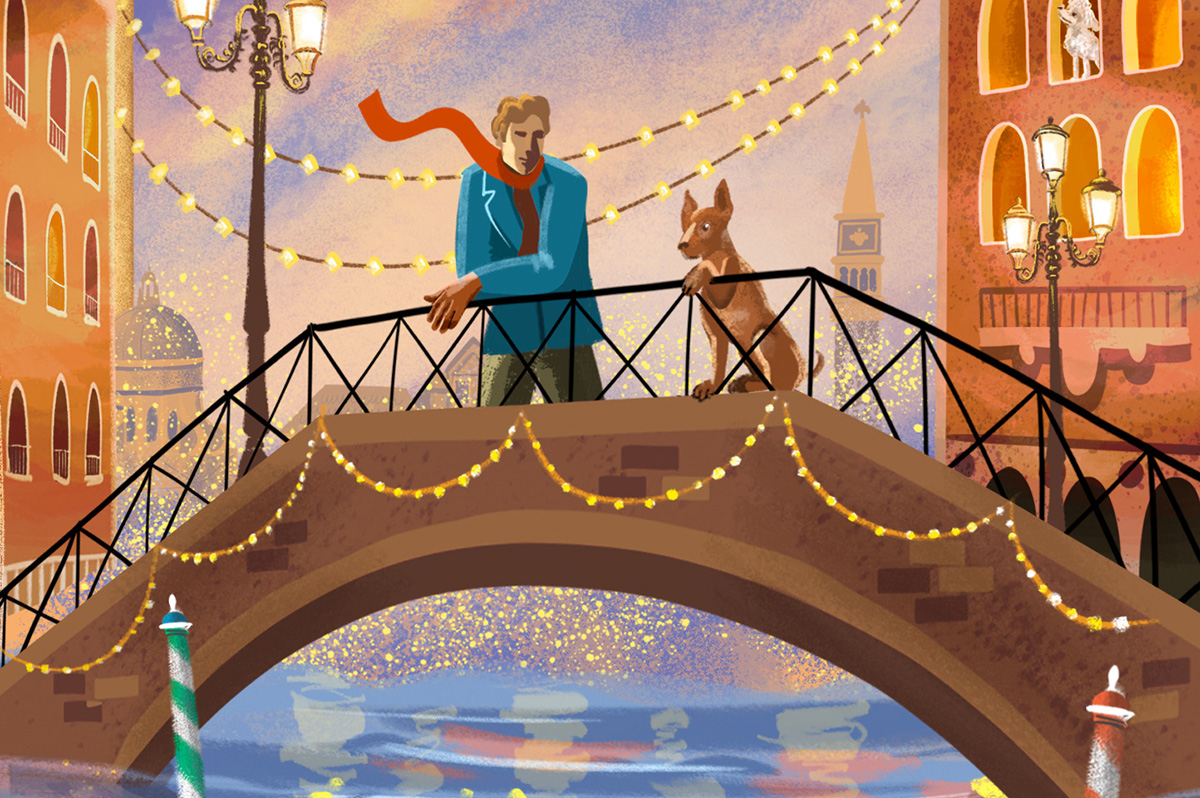
‘The Dogs of Venice’
By Steven Crowley
c.2025, G.P. Putnam & Sons
$20/65 pages
One person.
Two, 12, 20, you can still feel alone in a crowded room if it’s a place you don’t want to be. People say, though, that that’s no way to do the holidays; you’re supposed to Make Merry, even when your heart’s not in it. You’re supposed to feel happy, no matter what – even when, as in “The Dogs of Venice” by Steven Rowley, the Christmas tinsel seems tarnished.

Right up until the plane door closed, Paul held hope that Darren would decide to come on the vacation they’d planned for and saved for, for months.
Alas, Darren was a no-show, which was not really a surprise. Three weeks before the departure, he’d announced that their marriage wasn’t working for him anymore, and that he wanted a divorce. Paul had said he was going on the vacation anyhow. Why waste a perfectly good flight, or an already-booked B&B? He was going to Venice.
Darren just rolled his eyes.
Was that a metaphor for their entire marriage? Darren had always accused Paul of wanting too much. He indicated now that he felt stifled. Still, Darren’s unhappiness hit Paul broadside and so there was Paul, alone in a romantic Italian city, fighting with an espresso machine in a loft owned by someone who looked like a frozen-food spokeswoman.
He couldn’t speak or understand Italian very well. He didn’t know his way around, and he got lost often. But he felt anchored by a dog.
The dog – he liked to call it his dog – was a random stray, like so many others wandering around Venice unleashed, but this dog’s confidence and insouciant manner inspired Paul. If a dog could be like that, well, why couldn’t he?
He knew he wasn’t unlovable but solo holidays stunk and he hated his situation. Maybe the dog had a lesson to teach him: could you live a wonderful life without someone to watch out for, pet, and care for you?
Pick up “The Dogs of Venice,” and you might think to yourself that it won’t take long to read. At under 100 pages, you’d be right – which just gives you time to turn around and read it again. Because you’ll want to.
In the same way that you poke your tongue at a sore tooth, author Steven Rowley makes you want to remember what it’s like to be the victim of a dead romance. You can do it here safely because you simply know that Paul is too nice for it to last too long. No spoilers, though, except to say that this novel is about love – gone, resurrected, misdirected – and it unfolds in exactly the way you hope it will. All in a neat evening’s worth of reading. Perfect.
One thing to note: the Christmas setting is incidental and could just as well be any season, which means that this book is timely, no matter when you want it. So grab “The Dogs of Venice,” enjoy it twice with your book group, with your love, or read it alone.
The Blade may receive commissions from qualifying purchases made via this post.
a&e features
Local, last-minute holiday gift ideas
Celebrate the season while supporting area businesses
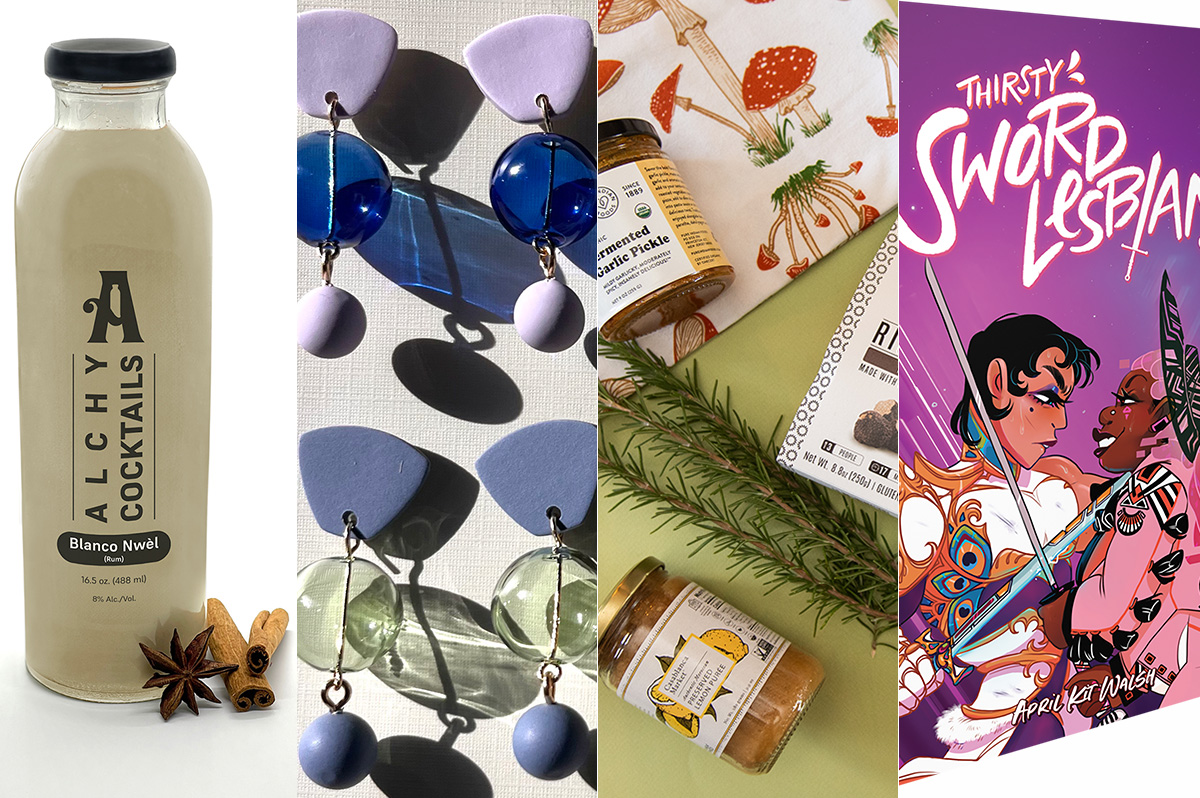
The DowntownDC Holiday Market is bustling. Union Station is decked out with its annual Christmas tree. Washingtonians have wrapped their houses and apartment balconies with festive lights and holiday decorations. The holiday season is here. And with stockings to fill and empty space under the tree, Washington’s local shops and artists have plenty to offer.
Show your LGBTQ and D.C. pride with the Washington Blade’s annual holiday gift guide.
To embrace the holiday buzz: The Blanco Nwèl cocktail from Alchy Cocktails. This Caribbean eggnog is one of Alchy Cocktail’s seasonal holiday cocktails. The flavor profile is similar to coquito, a traditional Puerto Rican Christmas drink with a coconut base. As a queer and Caribbean-owned business, Alchy Cocktails has been based out of Washington since 2021. Blanco Nwèl is available in both cocktail ($24) and mocktail ($12) online and at a variety of holiday markets, including the Tingey Plaza Holiday Market, the Flea Market at Eastern Market, Union Station’s Main Hall Holiday Market, and more. ($24)
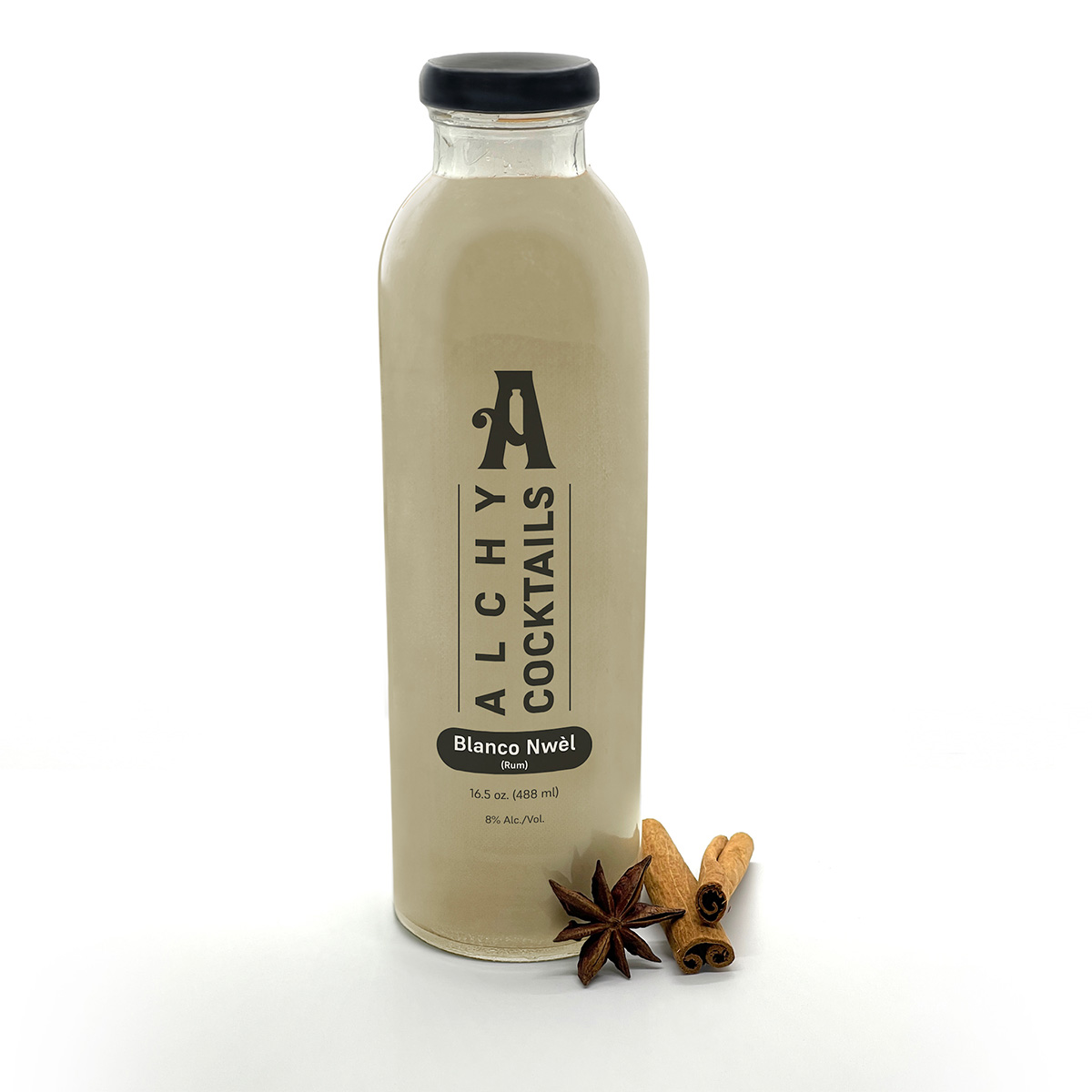
A spicy bite: Gordy’s Cajun Okra from Salt and Sundry. These spicy, tangy pickles pull on Southern Cajun-style flavors, packing a punch with paprika, cayenne, and more. Gordy’s is an LGBTQ-owned and Washington-based brand, making this gift an opportunity to support a local LGBTQ business straight from the jar. This pantry staple is available on Salt & Sundry’s website and at its locations in Union Market, Logan Circle, and its Georgetown holiday pop-up store. ($14)
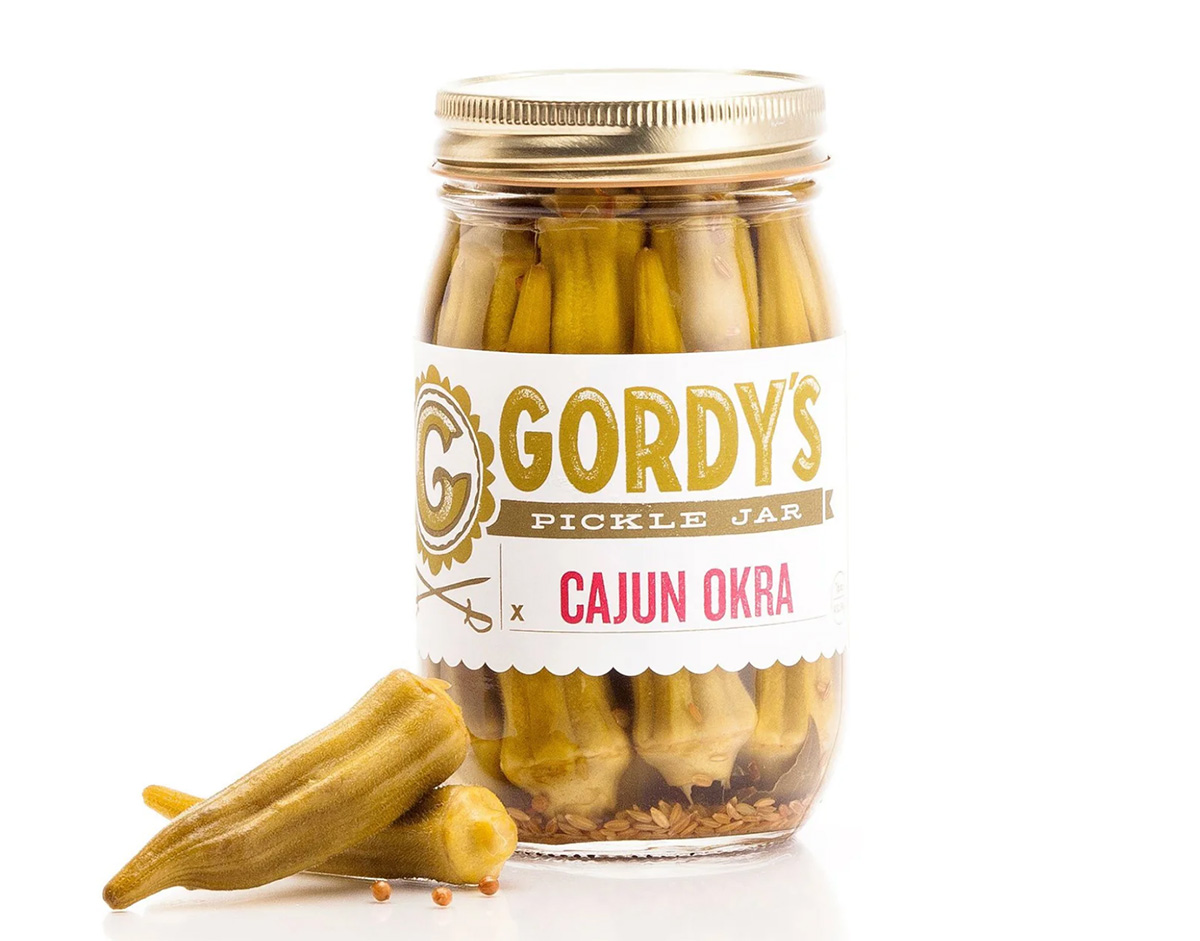

To celebrate Washington pride: The DC Landmark Tote Bag from The Neighborgoods. Native Washingtonians, visitors, friends and family alike will find something to love about this Washington-themed tote bag. Food trucks, the 9:30 Club, the Metro logo and pandas from the National Zoo are just some of the city’s landmarks depicted across the tote in a red, white, and blue color palette. The tote is a part of the DC Landmarks collection, which donates 10 percent of its sales to the American Civil Liberties Union. The Neighborgoods itself is a local, woman-owned business built out of a passion for screen-printing in 2013. The 100 percent cotton canvas tote is for sale online or at the DowntownDC Holiday Market. ($22)
To give friends and family their flowers: The Flowers Bandana from All Very Goods. This 100 percent cotton bandana was designed in Washington and hand printed in India. Its uniqueness comes in being covered with the faces of Black women, representing a “love letter to all women but especially Black women,” according to All Very Goods. The Black woman-owned and operated business, based out of Northwest Washington, has a mission to celebrate diversity and representation through its products. The bandana intends to give Black women their “flowers.” The Flowers bandana is available for purchase online. ($24)
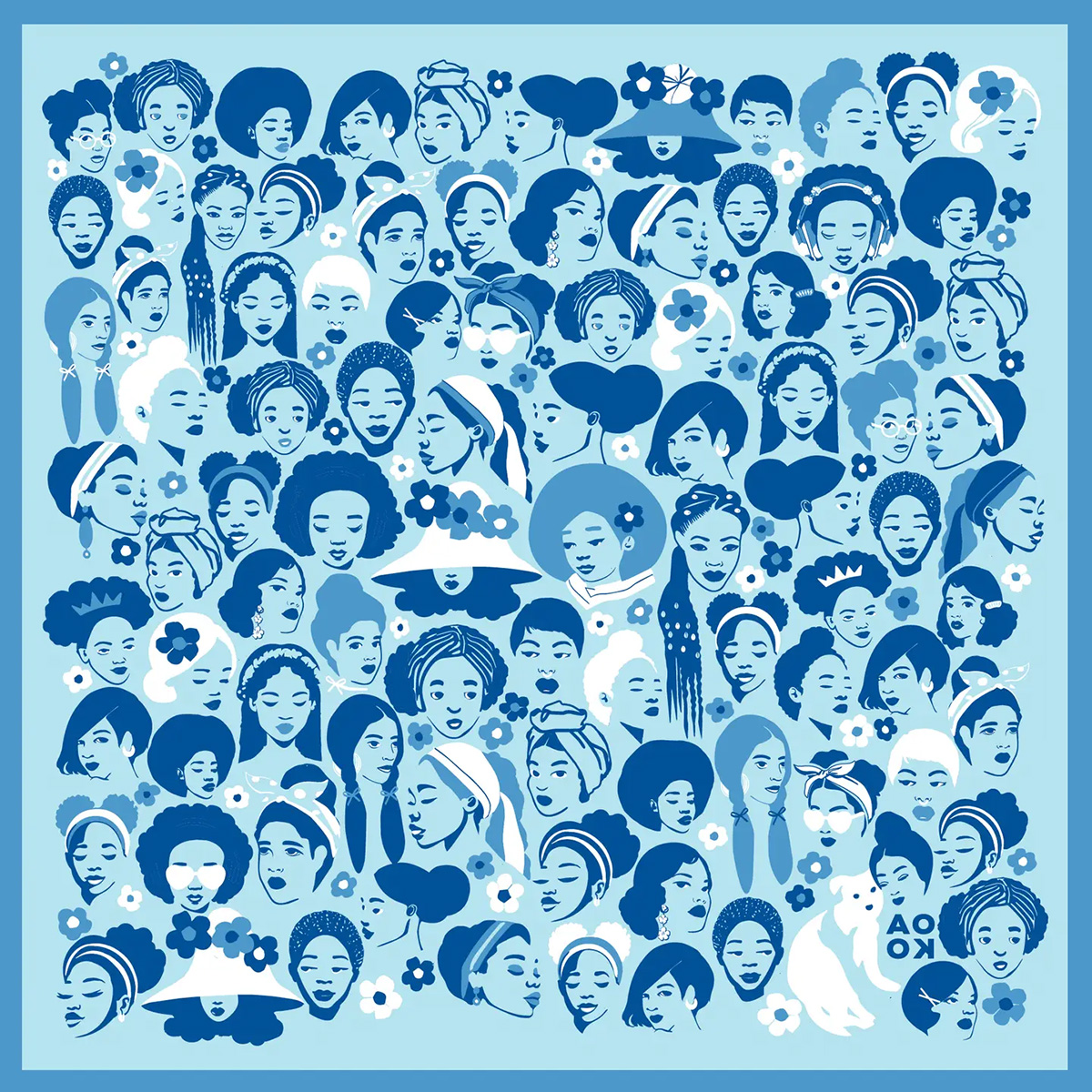
To unlock culinary creativity: The Curious Chef Gift Collection from Each Peach Market. This customizable collection of kitchen oddities — ranging from tinned fish to chili oil — is a quirky gift for the most inventive chefs. The collection is available in a Standard Santa, Extra Goodies and Super Holiday Size for up to $165. The Washington-based market, founded in 2013, permits customers to make the collection special by specifying what unique ingredients are packaged, including products made by local or LGBTQ brands. Each Peach Market offers assembly and pick up in-person at its Mount Pleasant shop and also offers local delivery and nationwide shipping via its website. ($85)
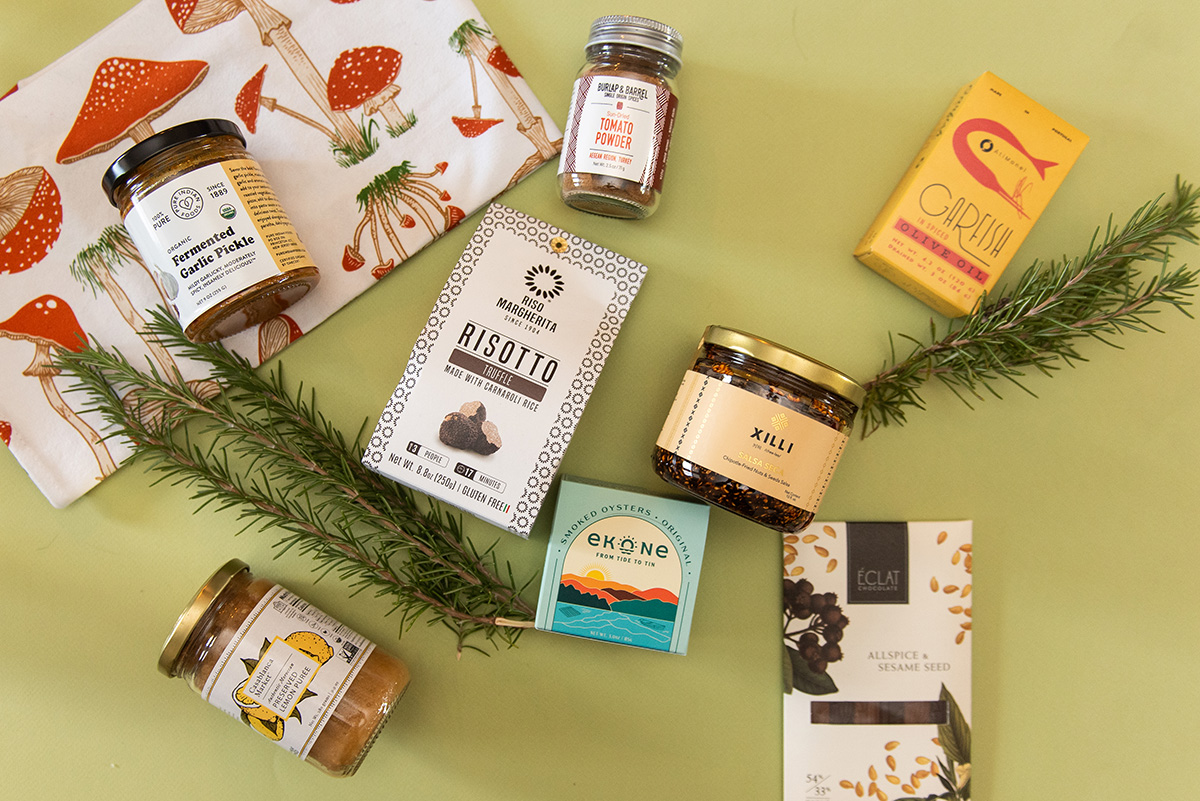
To give a touch of sweetness: The DC Landmark Chocolate Covered Oreo Holiday Cookies from Capital Candy Jar. Wrapped in a festive red bow, this box of nine cookies embraces love for Washington and the holiday season in one. Among the dark and milk chocolate covered cookies are images of the U.S. Capitol, the White House, the Lincoln Memorial, the Jefferson Memorial and festive hollies. The treat, packaged in a Hill East facility just a few blocks from the Capitol, is available for purchase online and at the DowntownDC Holiday Market. ($23.95)
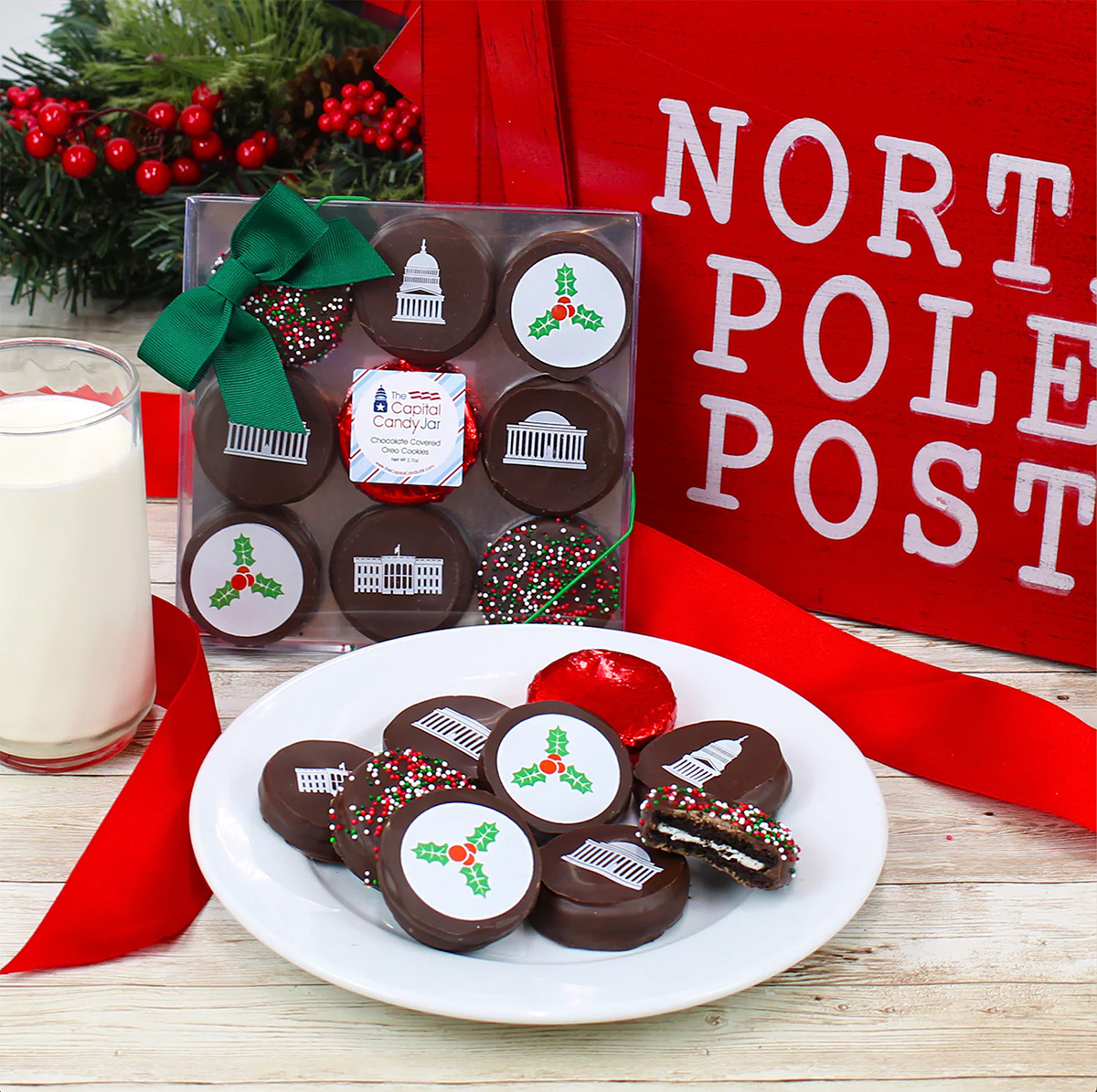
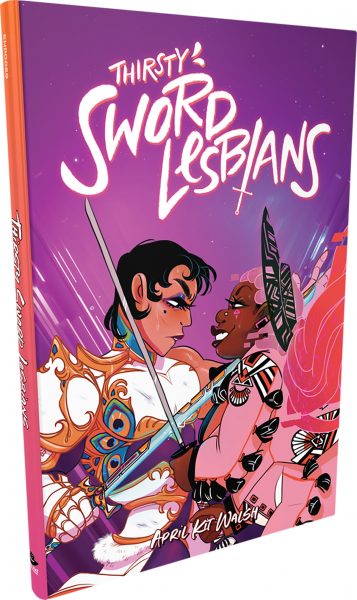
To celebrate queer gaming: Thirsty Sword Lesbians from Labyrinth Games & Puzzles. This roleplaying game embraces lesbian culture by unlocking a world of swords, romance, and battle. Ideal for group settings, the book presents a system of world building and character identities that are best brought to life by creative minds. Labyrinth, which has been a local Washington business for more than 15 years, celebrates non-digital fun through games and puzzles that connect the community. This gift is offered online and at Labyrinth’s Capitol Hill location. ($29.99)
To make a bold statement: The “Resist” T-shirt from Propper Topper. This locally screen-printed black tee features the Washington flag designed within a raised fist, symbolizing both Washington pride, and political resistance. The shirt is made exclusively by Propper Topper, a local Washington business that evolved from a hat shop to a gift store since opening in 1990. The tri-blend unisex shirt is available both for pickup at Propper Topper’s Cathedral Heights location and shipping via the online site. ($32)

To keep it c(g)lassy: The Glass Ball earrings from Blue Moon Aquarius. Gifting can rarely go wrong when it comes to a new pair of earrings. The unique statement earrings — made of polymer clay, glass, and 18k gold plating over surgical steel — are hand cut, sanded and assembled in Washington, meaning each set is unique. Blue Moon Aquarius, a local brand, is known for its small batch jewelry and home decor designed with clay materials. Available in oxblood, hunter green, lavender, and bluestone color palettes, these earrings are available for purchase on Blue Moon Aquarius’ website and at the DowntownDC Holiday Market. ($48)
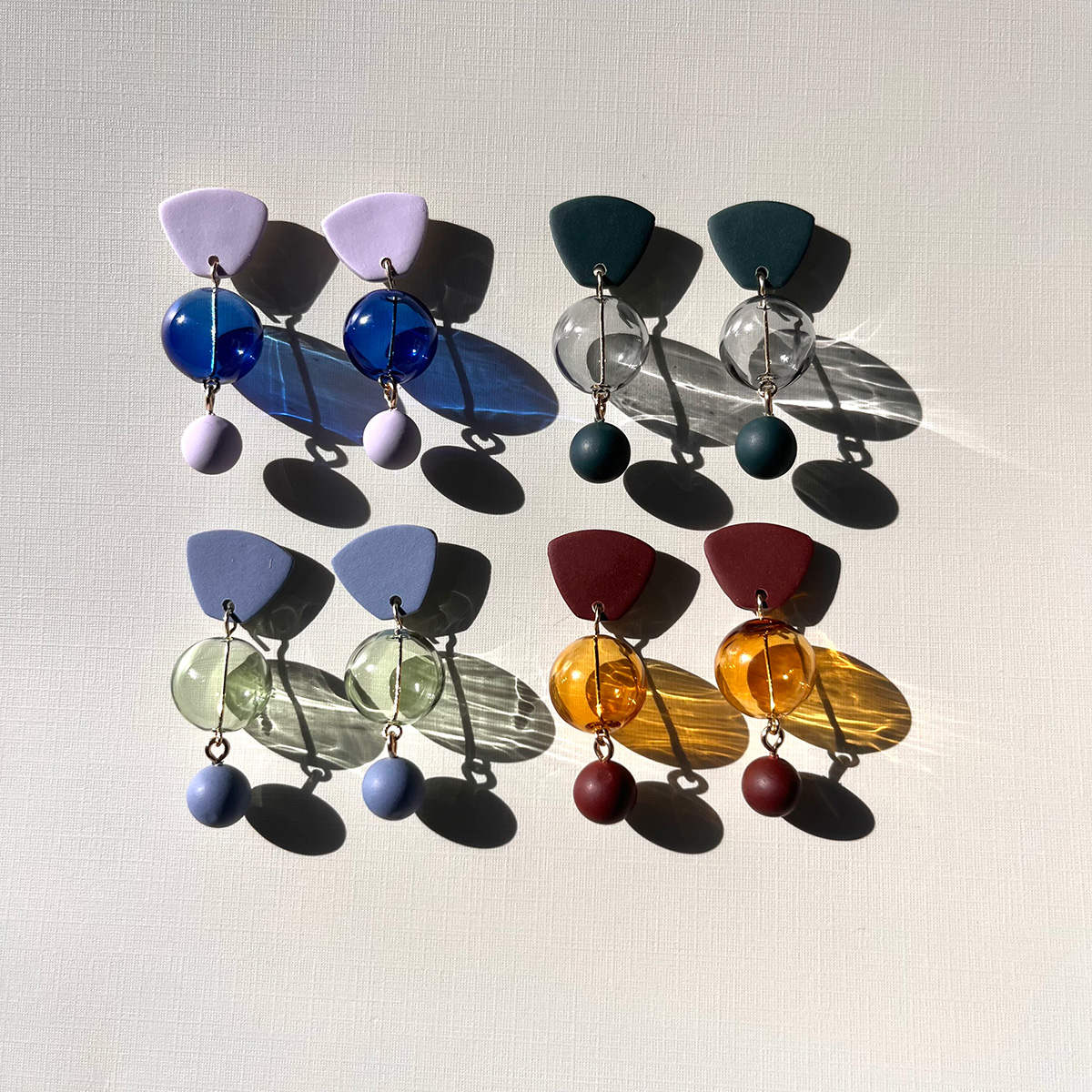
To elevate a holiday tea or charcuterie party: The Honey Flight: Tea Lover’s Selection from BannerBee. This local honey company presents the ideal gift to make cozying up with a cup of tea slightly more special. The Honey Flight contains three types of raw wildflower honey infused with fair trade Ugandan vanilla bean, chai spices, and locally sourced lemon thyme herb. The gift is also an opportunity to uplift a family company based in the Mid-Atlantic that offers all-natural, sustainable products. The flight is available online, at the DowntownDC Holiday Market or at the Arlington Courthouse and Dupont Farmers’ Markets. ($36)

For Baltimore shoppers: If you’re in Charm City, don’t miss Balston Mercantile, opened by a gay couple in June. Their gorgeous shop in the Hampden neighborhood offers an array of unique, upscale finds, from barware and artwork to cookbooks and home decor and more. (849 W. 36th St.)
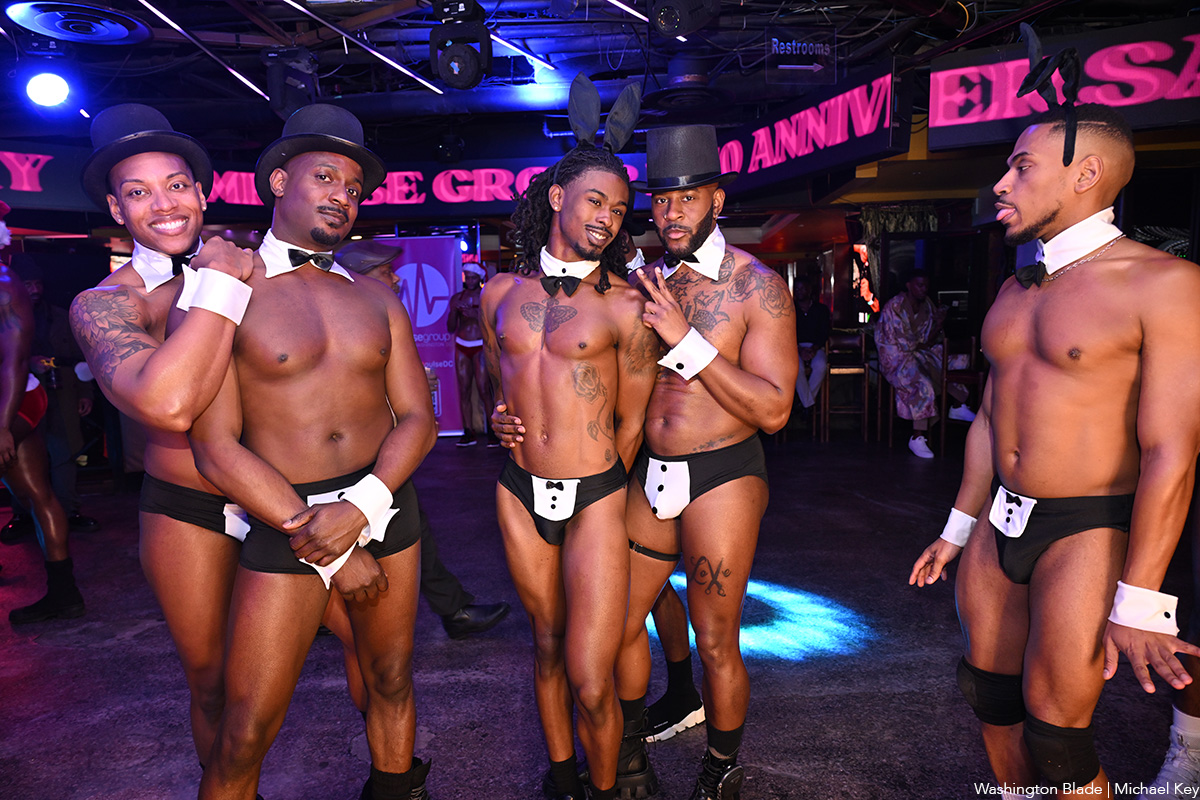
Impulse Group DC held “10’s Across the Board: A Celebration of 10 Years” at Bravo Bravo (1001 Connecticut Ave., N.W.) on Sunday, Dec. 14. Impulse Group DC is a volunteer-led 501(c)(3) and affinity group of AIDS Healthcare Foundation dedicated “to engaging, supporting, and connecting gay men” through culturally relevant health and advocacy work.
(Washington Blade photos by Michael Key)

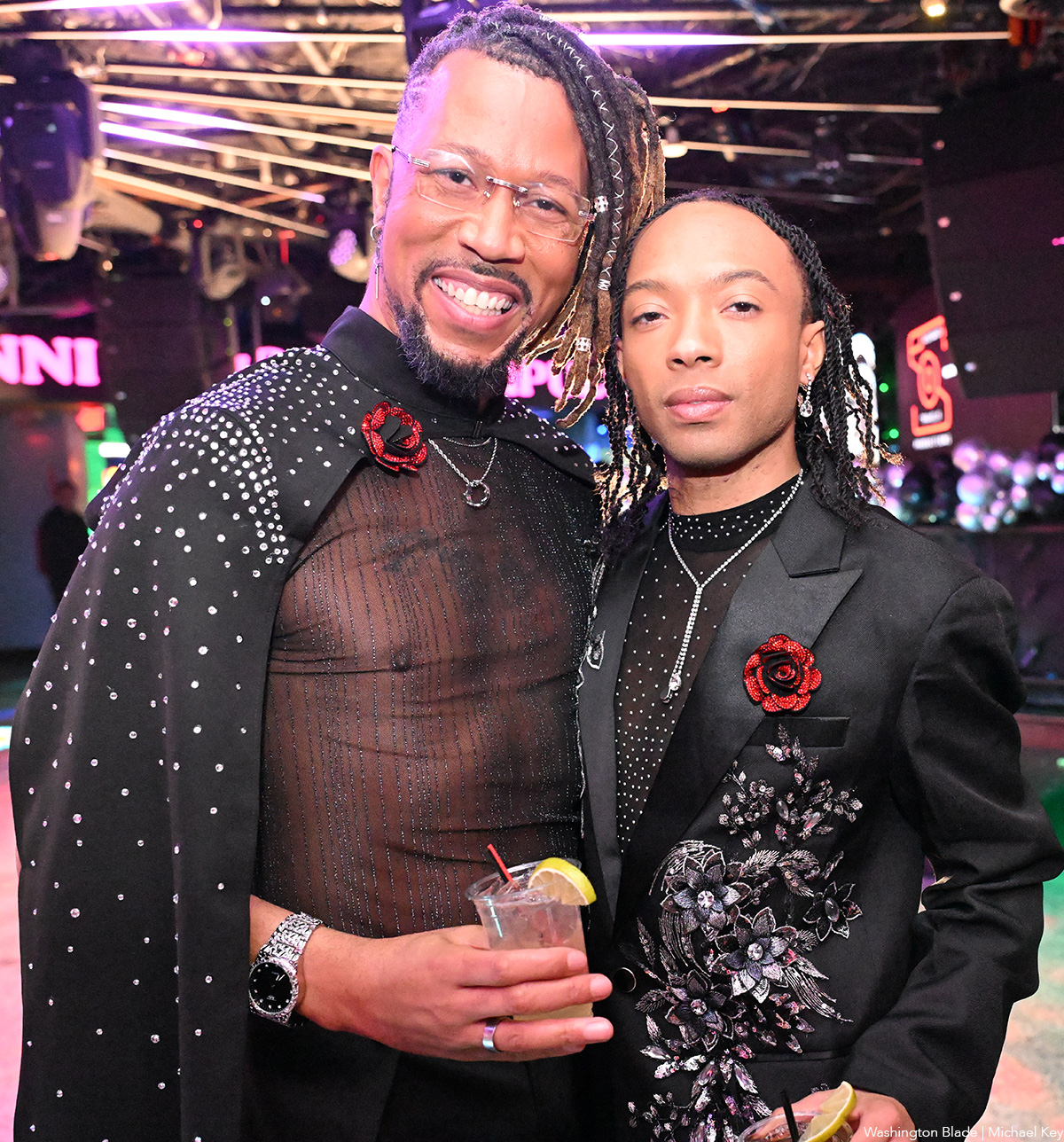
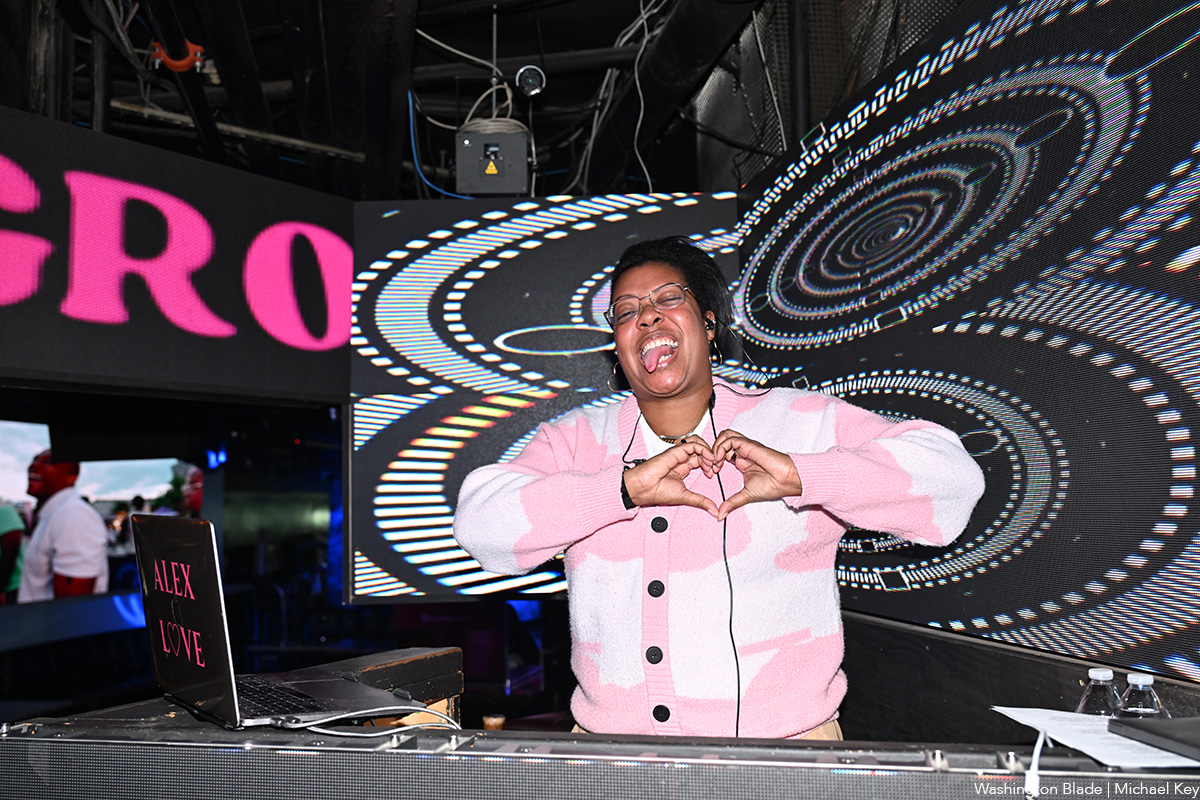










-

 Politics5 days ago
Politics5 days agoLGBTQ Democrats say they’re ready to fight to win in 2026
-

 District of Columbia5 days ago
District of Columbia5 days agoBrian Footer suspends campaign for Ward 1 D.C. Council seat
-

 Opinions4 days ago
Opinions4 days ago2026 elections will bring major changes to D.C. government
-

 Kazakhstan4 days ago
Kazakhstan4 days agoKazakh Senate approves anti-LGBTQ propaganda bill






















